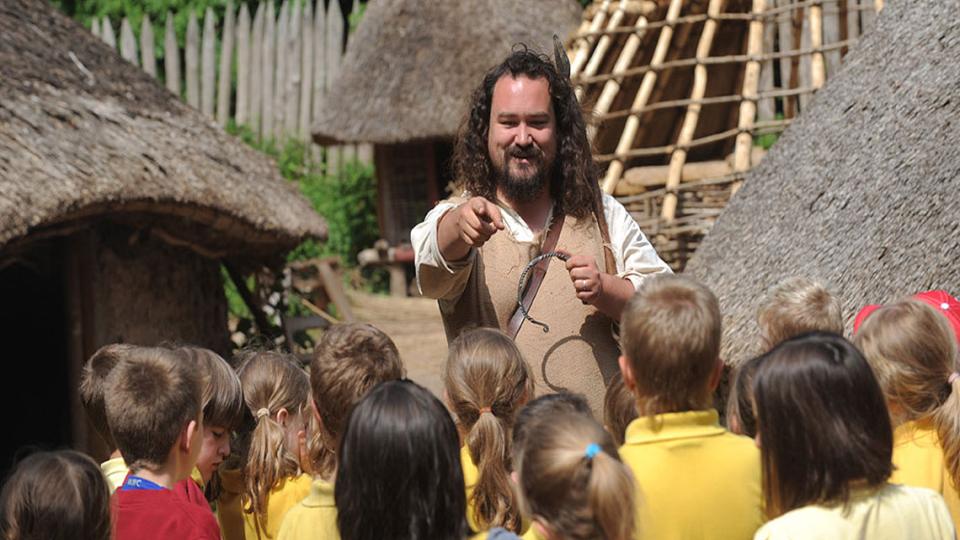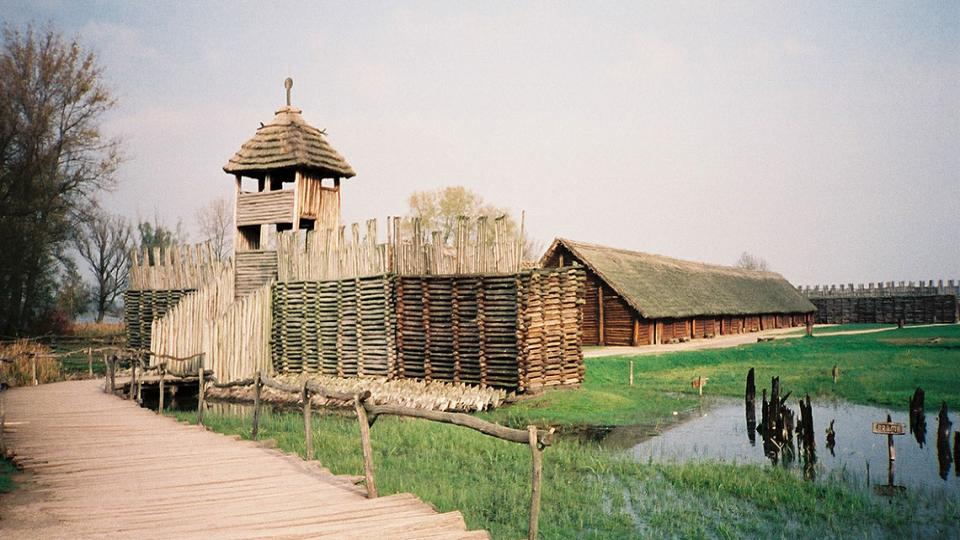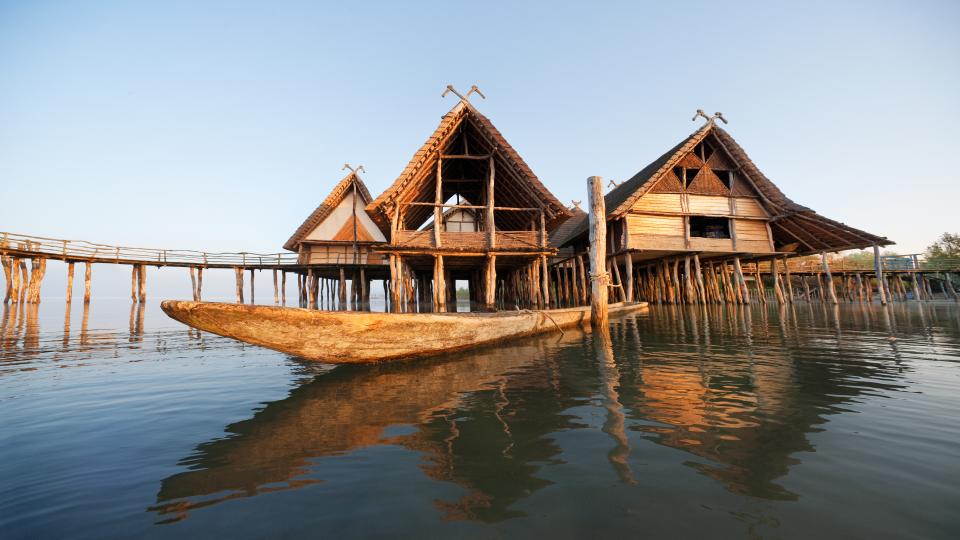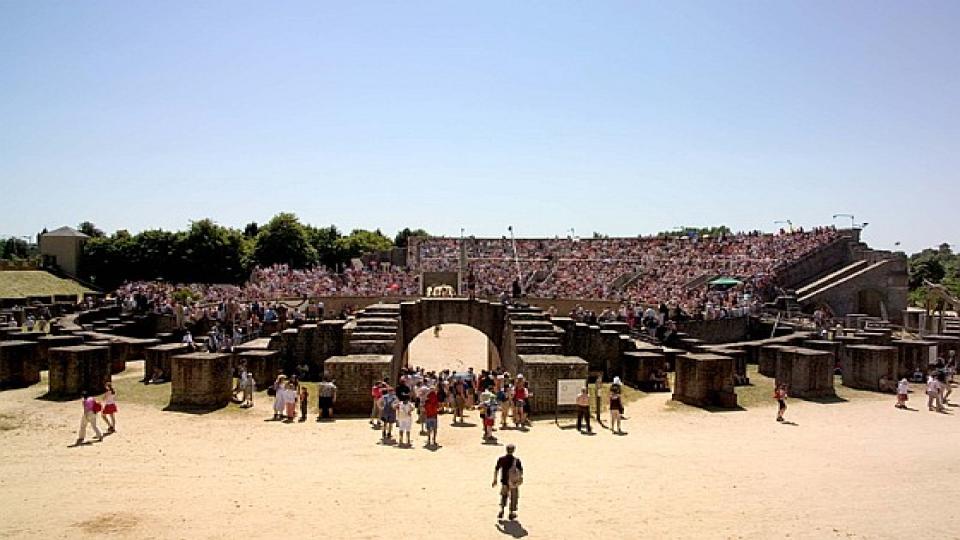150,000+
Amgueddfa Cymru – St Fagans National History Museum (UK)
Located in the suburb of St Fagans to the North West of Cardiff, the museum was created in 1946 in the grounds of St Fagans Castle at an area of 100 hectares. Besides dozens of ethnographic (original) buildings, moved to the site, the museum has a reconstructed manor house in Elizabethan style and three Iron Age like roundhouses. St Fagans is one of Europe's leading open-air museums and has been voted the UK’s favourite tourist attraction.
Muzeum Archeologiczne w Biskupinie (PL)
In the wetlands, 80 kilometres north-east of Poznań, 1933, a local school teacher, Walentin Szwajcer, discovered traces of a wooden settlement at Biskupin. The year after, the influential archaeologists Kostrzewski and Rajewski started large scale excavations. By the beginning of WWII, 2500 square metres were unearthed.
Pfahlbaumuseum Unteruhldingen (DE)
The archaeological open-air museum at Unteruhldingen is situated at the Lake Constance in the very south of Germany. It dates back to as long ago as 1922 when the first two ‘Stone Age’ houses were constructed. All reconstructions since (22 so far) are based on lake dwelling excavations in and around the Alps dating to the Stone and Bronze Age.
LVR-Archäologischer Park Xanten (APX) (DE)
Just 60 kilometres North of Düsseldorf (DE) and a bit to the east of Nijmegen (NL), the city Xanten is situated. This city used to be known as Colonia Ulpia Traiana and existed as Roman Town since 98/99 AD. Now there is a large archaeological park (60 hectares) with ongoing excavations, a museum and (partly) reconstructed buildings.




